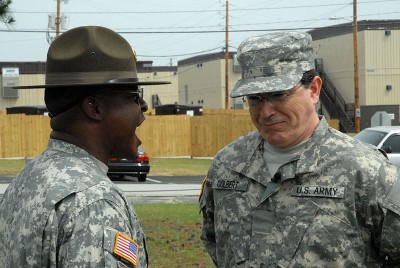
Discipline?
One year we had a program that was rather successful in helping students. We called it Skill Builders but either that’s not it’s real name or it isn’t a program that others use. So there is a classroom designated as the Skill Builder’s room. A teacher works that room all year. As other classrooms went about their business, including dealing with everyday classroom management issues, teachers may find a student or more who were having difficulty responding to their management plan. After reading Lost at School by Ross Greene I now see it as students with lagging skills. These students were referred to the Skill Builder’s room. In this room students went through a program targeting lagging skills such as dealing with transitions, working with others, learning to deal with frustration and asking for help, and a myriad of other skills necessary for functioning well in a classroom.
The students went through a tiered structure. At tier 1 students were asked to complete certain tasks, which include academic activities in any combination of subject areas, by themselves, ideally at a privacy desk. The Skill Builder’s teacher was there to assess the student’s progress and frustration level. As the student moved past tier 1 they moved to a tier 2 level where they could be in proximity of other students, in a desk near others while not at their table. By tier 3 the student attempts more tasks this time at a table with other students. The Skill Builder teacher helps students learn to work and get along with others. Maybe they are attempting the same activity, maybe not. Collaborative or cooperative skills were reinforced at this stage. After successfully completing this 3rd tier students moved to tier 4 where they re-entered their classroom(s). If the students slips he or she can return to tier 3 (this is true at any tier, students can fall back one tier to get more practice).
After a certain amount of time at tier 4, with feedback from classroom teachers, students could move to tier 5 where they were back to regular status like all the other students. How does that sound? When we ran this program it worked. Kids in the classroom didn’t have to sit through the classroom teacher dealing with negative behaviors on a daily basis so they could focus on learning. Students with lagging skills often received one-t0-one support, which they needed, and actually changed their behaviors and ended up participating more successfully in their classes. It seemed like a win-win situation. Has anyone else heard of such a thing?
Now the reason I started this post by saying we “had” this program is because the Skill Builder teacher moved on to a different position and the program went away. When we brought a room like Skill Builders it was called the Solutions Room and the new teacher was not trained in the Skill Builder program. What our new Solutions Room became was a time out room. It still provided kids with lagging skills a place to go where a teacher was able to work with them, talk with them, guide them but lacking the structure of the Skill Builder program we didn’t see much change in behavior. The kids who were sent to the Solutions Room were sent there pretty regularly. There was no way to graduate them out.
I don’t know but reflecting on both these programs I’m thinking the Skill Builder program had the potential to be more a intervention room instead of a time-out. A time-out room is helpful but seems to deal with the symptoms and not with the problems. Knowing about lagging skills could help a Skill Builder teacher provide intervention to help kids learn how to deal with their lagging skills such that they can focus on learning in any classroom. I think it’s time we get Skill Builders back.
The above image is a work of a U.S. Army soldier or employee, taken or made as part of that person’s official duties. As a work of the U.S. federal government, the image is in the public domain.







































































